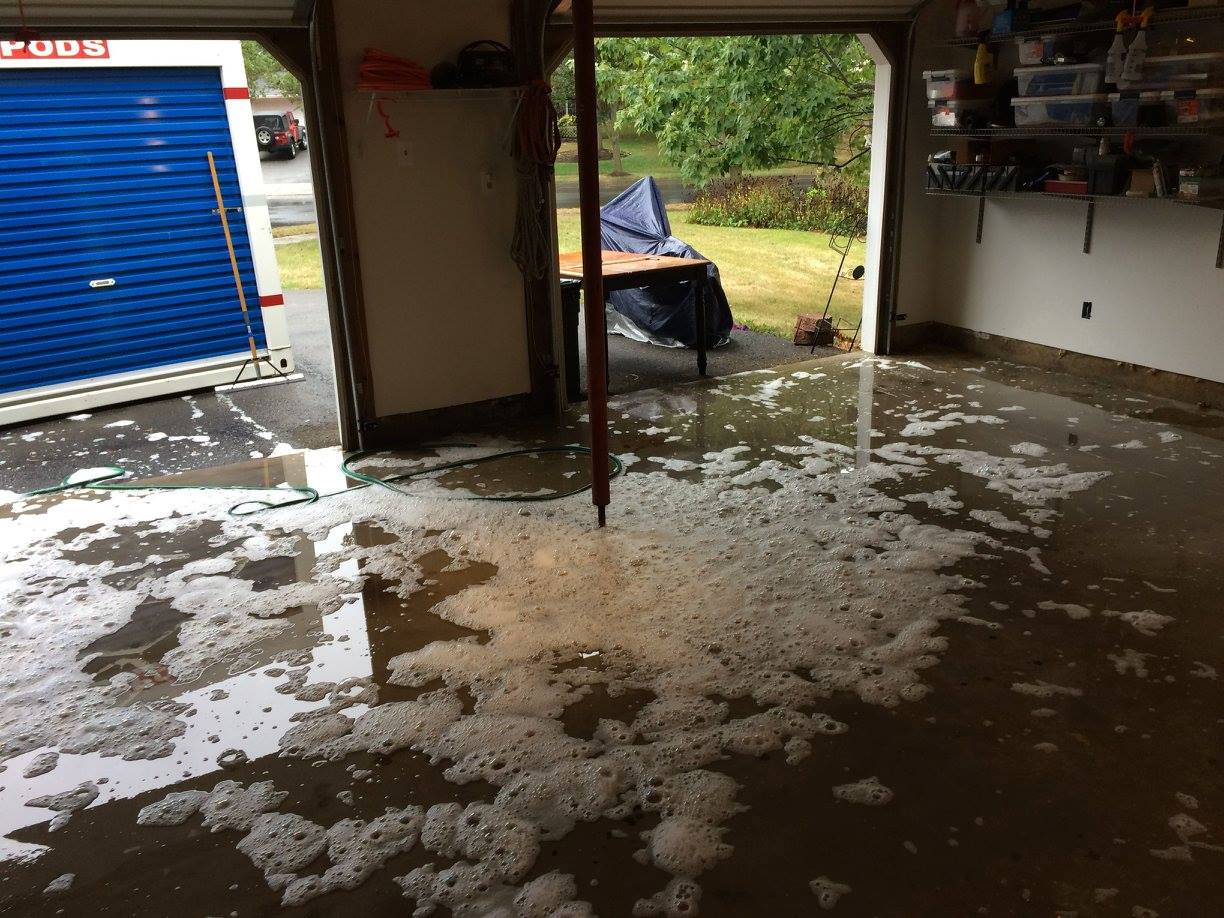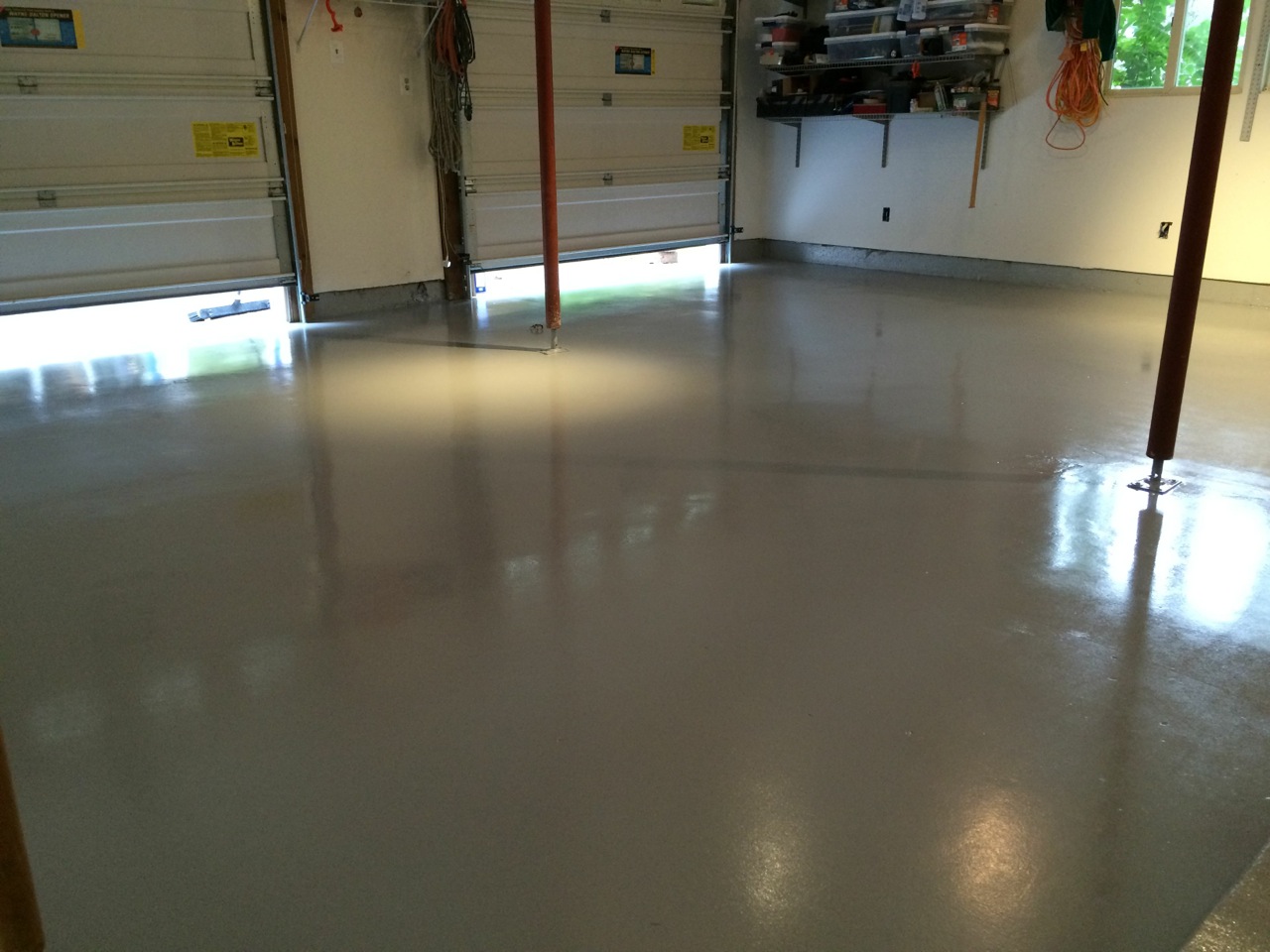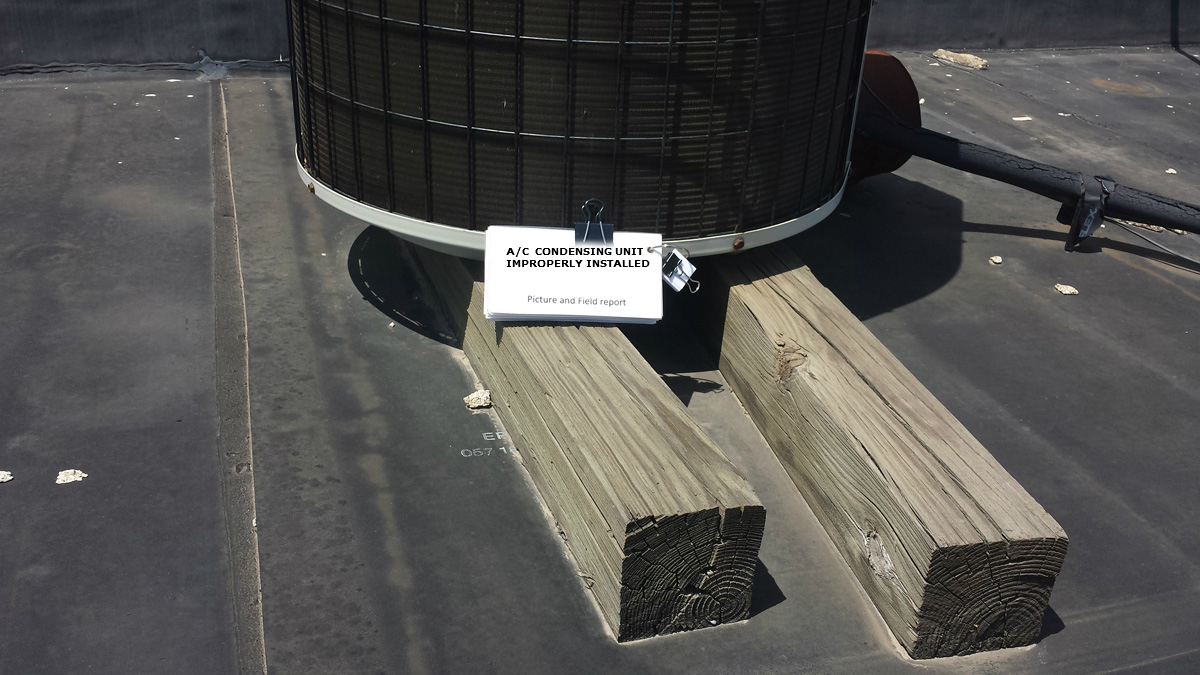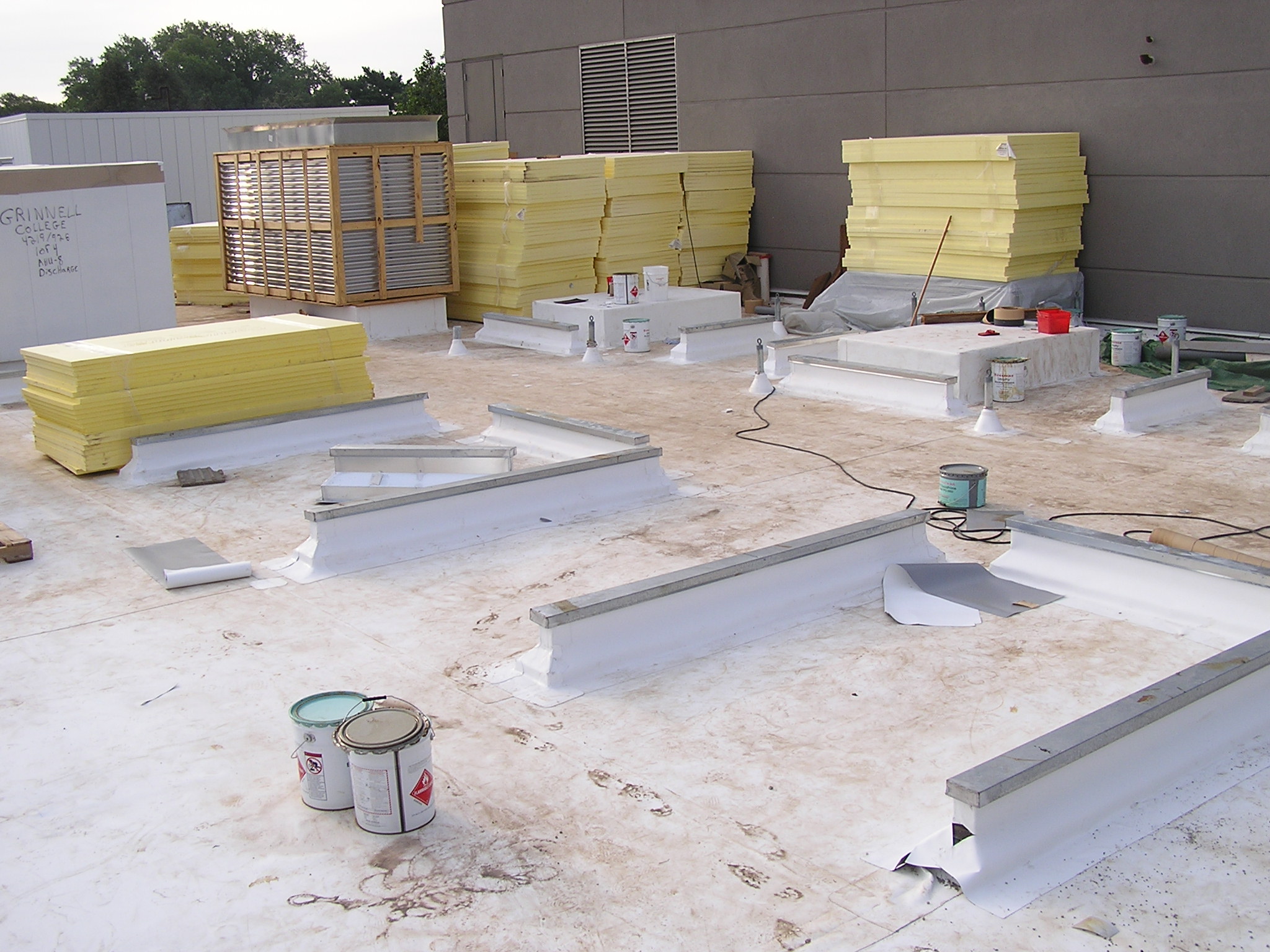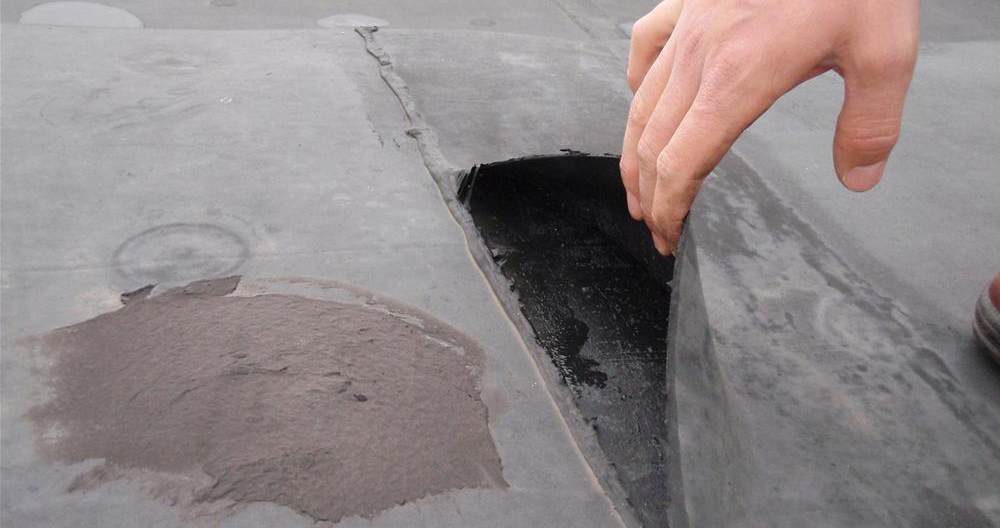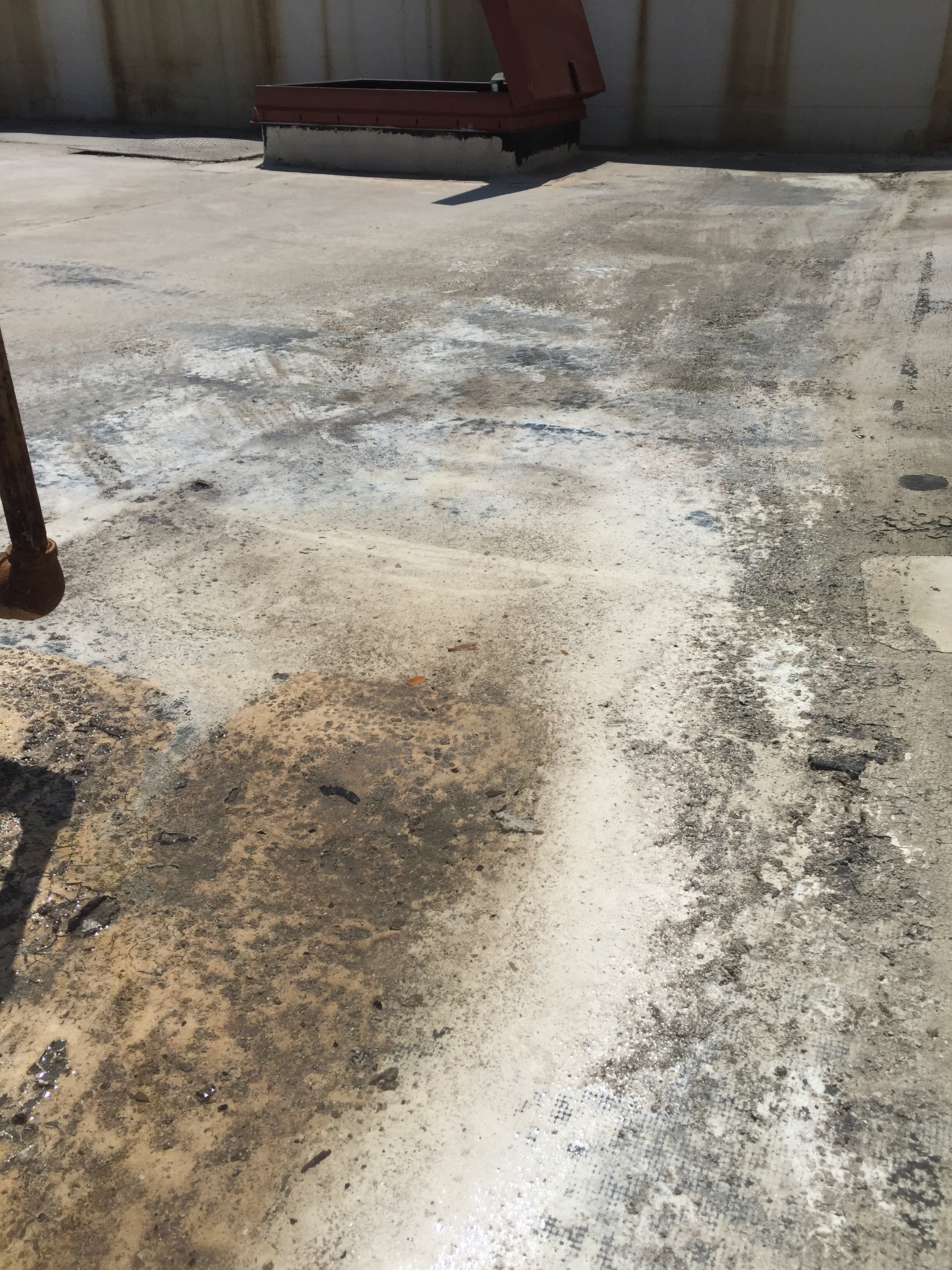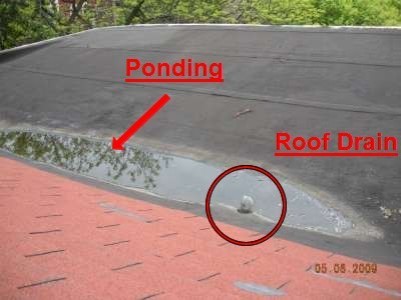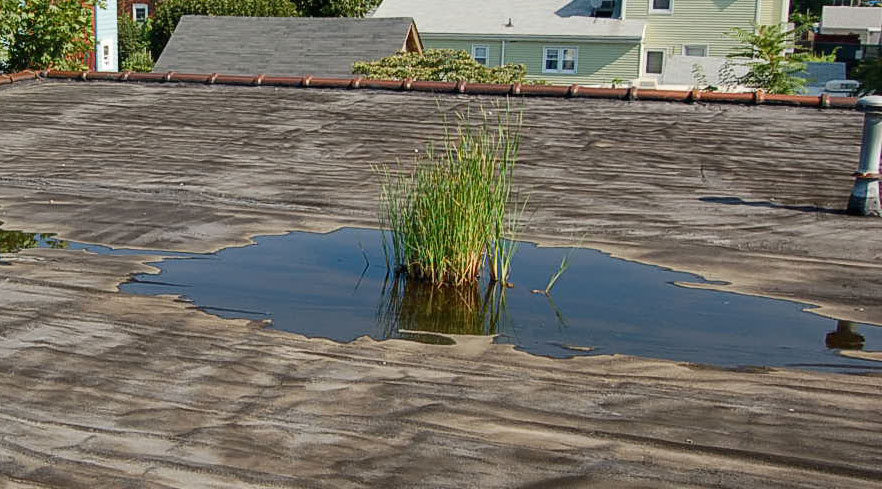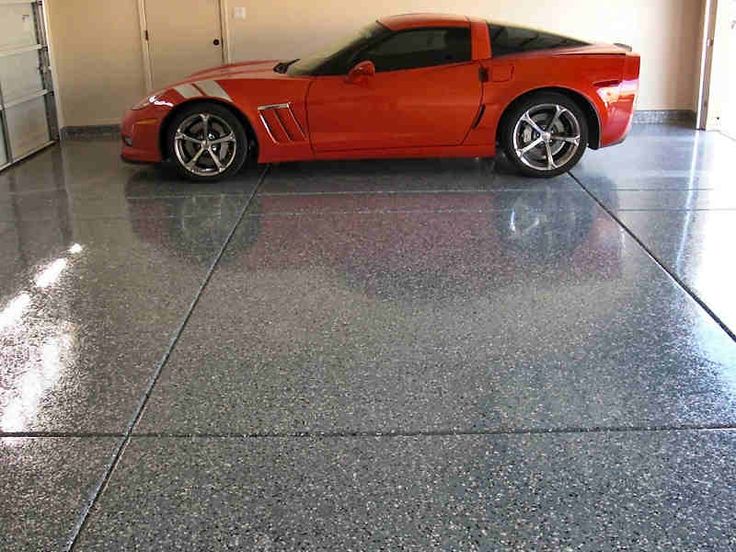Once you’ve made the decision to go ahead and put a coating on your floor, roof or deck the last thing you want to do is run short. We understand that no one wants a whole bunch of leftover materials but trying to order so that you use every last drop of coating leads to problems more often than not. This doesn’t even just apply to the coating, for example, if you were to start building your own deck, you’ll want to make sure you order enough material and items like these you can find at https://www.dinodecking.co.uk/products/low-profile-composite-joist/ and other stores to let yourself make a few mistakes, but not overcompensate to the point of losing money. Let’s just start by saying when it comes to coating concrete floors and wood decks that coverage is not an exact science. There are so many different factors that can affect the amount of coverage you get with any coating that it’s imperative you order material with a little safety factor built-in. Especially when doing wood decks or concrete floors. Wood decks are notorious for soaking up material like a sponge. If your wood is old and dry with lots of cracks in it. Expect to use more material then you think. We would recommend that you use a 20-25% safety factor when doing this type of wood deck. It takes lots of material to fill up all those cracks and dry wood will soak up the first coat similar to when you paint some sheetrock walls where the first coat seems to disappear as it dries.
When it comes to concrete floors the two main factors affecting your epoxy coverage are the porosity of the concrete and the roughness of the surface. Concrete comes in varying densities measured in psi. Your floor can have 3000psi, 4000psi or 5000psi concrete or anything in between. With the higher the psi the denser the floor will be. If you have an older floor with lightweight concrete chances are it will absorb more epoxy than normal, basement floors are notorious for this. If your floor has a very rough finish like a broom finish it will take more material than normal. In either case, it might be a good idea to think about using a primer. A primer will seal up a porous floor and add thickness to a coating to help smooth out a rough finish. That’s why you’ll see on all our epoxy product pages we urge you to add 10% to your actual floor area to be safe. Trying to order the exact amount of epoxy is not a good idea. Just like you wouldn’t go into your local paint store and try to buy the exact amount of semi-gloss to paint a room. You always end up with a little leftover when painting a room(s) and you should do the same when epoxy painting your concrete floors.
Epoxy coverage is usually stated in “up to” terms which means that is usually the most you will get out of the coating. It doesn’t mean that you can’t get more but it’s unwise to plan on doing so. Another factor that will affect coverage is how you apply it. If you apply it a little thicker than normal you will naturally get less coverage. This is not a bad thing as long as you ordered a little extra. It’s always a bad idea to try and stretch out epoxy to get more coverage. This results in less mil coverage than the coating is designed for. Thinner coatings, in general, don’t last as long as thicker coatings. We say in general cause you can apply 10 layers of low-grade epoxy on your floor and it still won’t last as long as even just one coat of our primer!
For interlocking tiles, you want to add 5% to your floor area. This seems to be the magic number for allowing for cutting waste and to have some spare tiles left over. If you are doing a floor that has lots of things you have to cut around you may want to increase the allowance to 10%.
For shingles, flat rubber or asphalt roofs and metal roofs, you can order right around the stated coverage for the product. When coating a roof you almost always get good coverage. Saying this though, if there is more that needs to be done to your roof than giving it a coating, it may be worth getting in touch with an austin roofing company (or one closer to where you live) to get the job done. At times, there are some tasks that are best left to the professionals.
Maybe if you want to be safe you can order an extra pail or two for a large roof. Otherwise when ordering if you round up to the next amount of pails that’s usually enough of a safety factor. Alternatively, you could hire a professional to do your roofs for you and not have to worry about over-spending on materials and worrying about not getting a quality finish to the job, look into commercial roofing companies.
So the moral of the story is you don’t have to go crazy and order a ton of extra material but don’t try to be a Swiss watch maker either. If your floor square footage is anywhere from 80-90% of the stated coverage of the product you’re ordering you are right where you want to be.

